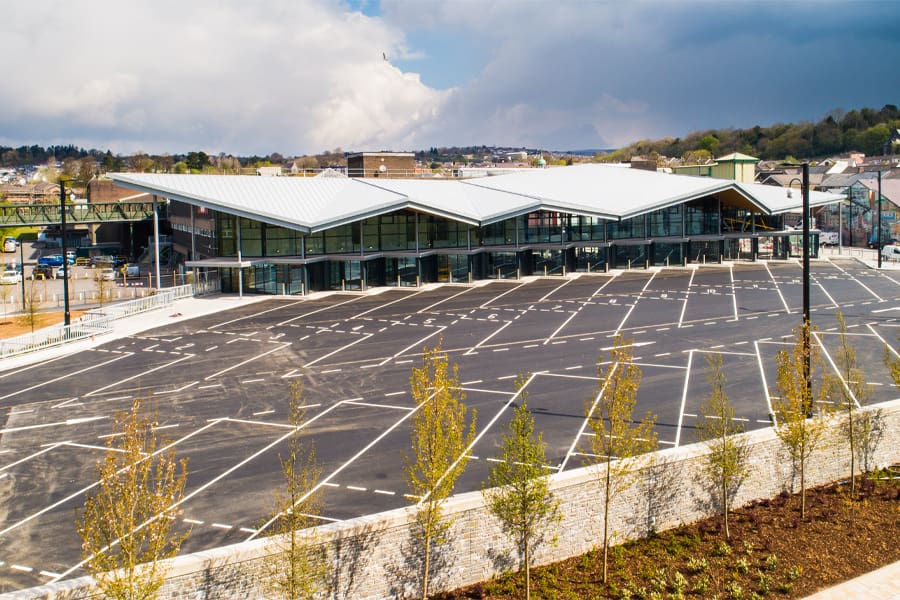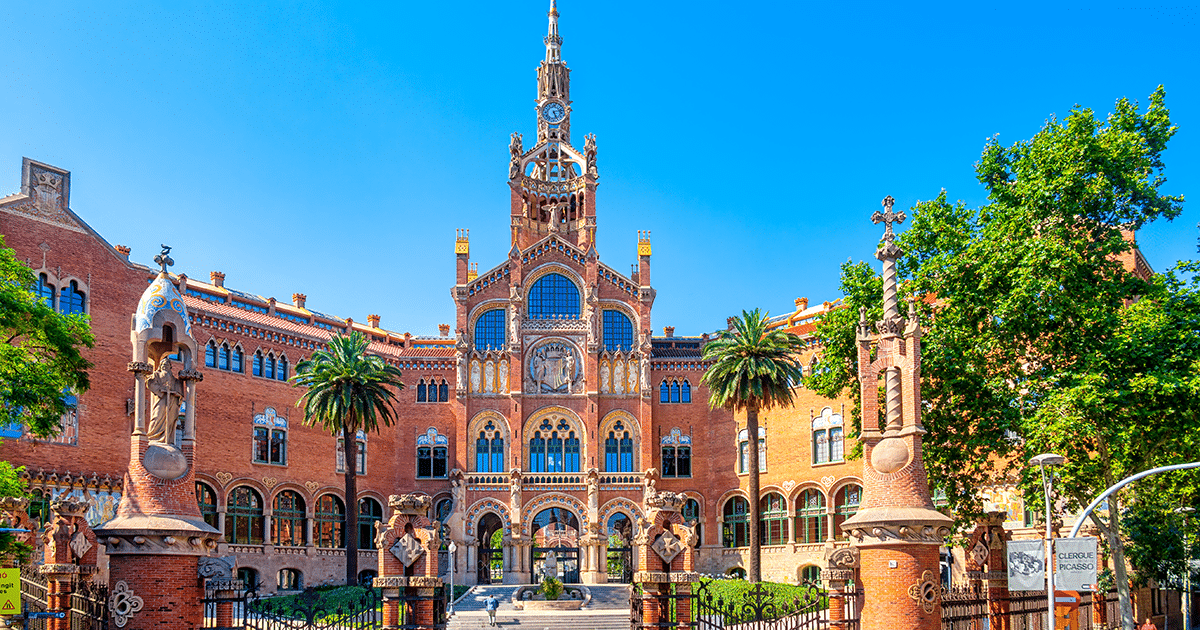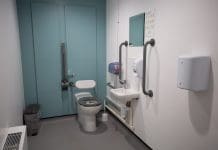From a bus terminal to an Art Deco hospital, sustainability should be baked into project design, writes Marc Nezet, Chief Strategy Officer & Chief Division Officer of the Operate & Manage Division, Nemetschek Group
When the new Merthyr Tydfil bus interchange picked-up its fifth award for Building Project of the Year back in 2022, it was a great example of how sustainability can drive design in modern infrastructure.
With heating and hot water systems powered by 100% renewable energy, toilets fed by a rainwater tank and charge points for electric taxis and buses, the bus interchange is cost, as well as environmentally, conscious.
It has become a good example of forward-thinking and sustainable design and remains one of Wales’s busiest bus stations and yet, like so many ‘green’ buildings, it has a novelty status.
The requirement of sustainability consideration in design is only growing
Given the pressure the construction industry puts on environmental resources according to the World Economic Forum, globally, the building value chain is responsible for 37% of total carbon emissions – we have to start thinking differently. And that means baking sustainability into the design phase of every project from the outset.
As well as the need to reduce carbon impacts, the industry also needs to address water usage, energy consumption and even waste disposal. The bottom line is that projects such as Merthyr Tydfil should become the norm, not the exception.
The EU recently announced a requirement for all new residential and non-residential buildings to have zero on-site emissions from fossil fuels by 2030, with publicly owned buildings required to reach this milestone by 2028.
As regulations continue to tighten, the industry has an opportunity to lead, recognising that sustainability can also mean cost and resource efficiencies. Of course, this is not always easy and the industry continues to have challenges, especially around skills, but even small steps can have a significant impact on reducing carbon and creating efficiencies.

Digital tools can maximise sustainable potential in project design
We saw this with Merthyr Tydfil. Tools used to create more accurate measurements and cost estimates, as well as increase collaboration across stakeholders, saw improvements in planning and scheduling that led to an increase in productivity by a factor of five. Design processes were accelerated by 50%, bringing measurable efficiency gains from the outset.
While sustainability can mean different things to different people, the point here is that digital tools can enable greater collaboration and accuracy of project design.
They can also enable teams to build-in sustainability measures throughout the entire building lifecycle, whether that’s demolition and renovation, planning and design, building and construction or the operations and management of buildings.
From sourcing materials through to calculations of final carbon emissions and future energy consumptions of buildings, digital modelling is transformative, turning what was once a calculated guess into an accurate, data-driven simulation.
The more complex a project, the more value tools such as BIM can bring to the process. And this does not only apply to new builds. Upgrading or retrofitting buildings can demand an even greater level of accuracy and collaboration to meet specifications and compliance needs.
A building’s age needn’t exclude it from sustainable refurbishment
We’ve seen this with the sustainable renovation of a cultural monument in Barcelona. The Hospital de la Santa Creu i Sant Pau is a good example of the challenges around balancing the renovation of an art nouveau heritage site with the need for modern infrastructure.
In order to reduce energy costs, more than 140 consumption meters for electricity, heat flow and water were installed, but managing and analysing all the energy data proved difficult. A special analysis and visualisation tool was needed to track the development of the numerous individual consumption values in all the buildings.
Energy management software Spacewell Energy proved to be a useful solution in tackling the issue. It enabled energy data to be recorded, visualised and analysed accurately, and in real-time. This still saves time and prevents errors when conducting manual meter readings.
The solution also makes it possible to specifically identify excessive consumption in certain times or areas of the complex. At the same time, consumption data can be collected over time to compare and improve the energy efficiency of the historical buildings.
These measures immediately led to a noticeable change in consumption levels, resulting in a 28% reduction in energy costs compared with the previous year.
It’s a great example of how digital tools can deliver concrete results for ‘green’ building design but also the ongoing management of resources.
“While there is no doubt about the importance of carbon reduction, the industry also needs to address water usage, energy consumption and even waste disposal.”
– Marc Nezet
Resource efficiency is a key part of delivering sustainability in design
Optimising resources is always a challenge, especially if trying to implement processes retrospectively. Intelligent design will identify how to enable resource efficiency in the construction industry from the outset, as well as enable building management to be taken to a completely new level.
By helping to save materials and minimise the energy requirements of buildings, we can, as an industry, make a real difference. We have to face up to our ecological responsibility in a considered way, and make a long-term contribution to curbing climate change, working across the industry to limit global warming to a maximum of 1.5C.
We have the digital capability to make this happen. So it comes down to mindset. And on this front, it’s always good to remember that sustainability is actually an opportunity, not a hindrance, to business.
*Please note that this is a commercial profile.














